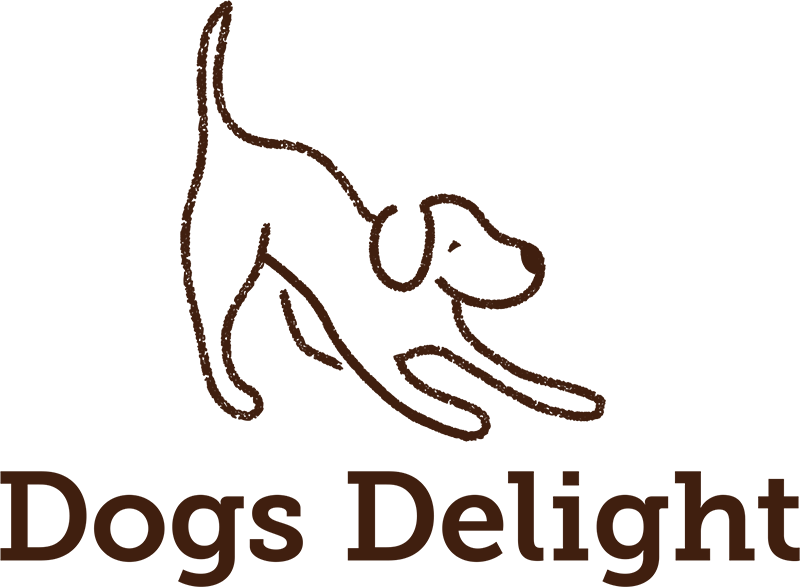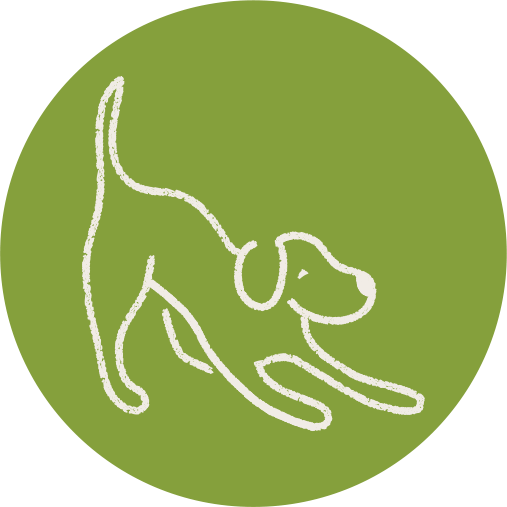Healthy
The Best Food for Dogs with Allergies
We certainly have a huge choice of dog food on the market to help us provide a diet that is complete and balanced for our dogs. For those of our dogs who may have sensitivities, choosing a dog food with the right protein source can provide a number of additional benefits.
Food Allergies in Dogs
Food allergy in dogs can range from mild symptoms like an upset tummy and itchy skin through to inflammatory bowel disease, pancreatitis and severe skin allergies. It is important to remember that these issues are not because we have done anything wrong with what we have fed our dogs. It is simply that some dogs may be sensitive to particular ingredients and certain breeds may be at increased risk of developing allergies and inflammatory conditions. For example, a possible mode of inheritance has been identified for pancreatitis in Miniature Schnauzers.
Help is at hand though! In combination with medication we look for a dog food that can promote healthy skin and help with other food allergy symptoms such as loose stools. To explore this further, let’s take a look at the science.
Food Allergies – The Science
During normal digestion, the body breaks down whole proteins into their smaller parts (amino acids) and these are absorbed across the wall of the intestine and delivered to the body via the blood. The body can then use them for all the good things they do like supporting growth and repair. If the gut is inflamed, as can be the case in some sensitive dogs, whole proteins can find their way across the wall of the small intestine and can arrive whole into the large intestine too. This is a big problem.
These whole proteins can trigger an immune response (an allergic reaction). In other words, the dog can become sensitised to the type of proteins that have managed to seep through. This may have been the type of protein commonly found in dog food such as chicken or beef. You may find that your dog reacts to certain foods with a skin flare up or loose stool. This shows us that the body is seeing them as an invader and has launched an immune response.
What to do with Sensitive Dogs
If we have a sensitive dog we can try to prevent the body becoming sensitised to certain proteins in four key ways:
Firstly
The first thing we can do is opt for a food with only has a single protein source. This is known as a ‘single source protein’. Many dog foods contain two or three types of meat. If they contain ‘meat meal’ it’s even worse because we really don’t have any idea of the types of meat present in the food. By choosing a food with a single source of protein there is less chance of the body having a reaction to it. This type of diet may also be called a limited ingredient food/diet as there is only one source of protein and one source of carbohydrate (grain).
Secondly
We can try a dog food that contains a meat or fish that your dog has not been exposed to before. These are called ‘novel proteins’ and include fish, turkey, venison, duck or rabbit etc. Again there is less chance of the dog reacting because they have not previously been sensitised to them. The most commonly used sources of protein in dog foods include chicken, beef, lamb, fish, egg, soy and milk. The most common sources of carbohydrates used are corn, rice and wheat. It can be worth avoiding the most common sources of protein (chicken, beef, lamb etc) as well as opting for a carbohydrate source such as sweet potato.
Thirdly
The protein we choose should be highly digestible. Dogs require ten essential amino acids. They are called essential because dogs cannot make them so they need to get them from their diet. If a protein contains all of the essential amino acids it is termed a high quality protein and is well digested. This means there is less chance of whole proteins getting across the wall of the intestine and so less chance of an allergic reaction.
Finally
It may be helpful to use a hydrolyzed protein diet veterinary diet. In this type of food, the whole protein chains of amino acids are chemically broken down by hydrolysis leaving the building blocks of protein, the amino acids. The body has no chance to absob a whole protein and so the is no chance of the body launching an immunre response (allerguc reaction)
The above suggestions can be useful both during a skin or gut flare up and also when the dog is in remission to help stop a flare up happening again.
If you think it would be worth trying a new food, a change in diet can be done over a period of four days, taking away one quarter of the usual diet and replacing with the same amount of the new diet until the dog is fully changed over to the new food by day four. During a flare up, no other foods should be fed but once in remission we can add in treats to make life more interesting! The best ones are, of course, those that are hand-baked with minimal ingredients and no added nasties.


